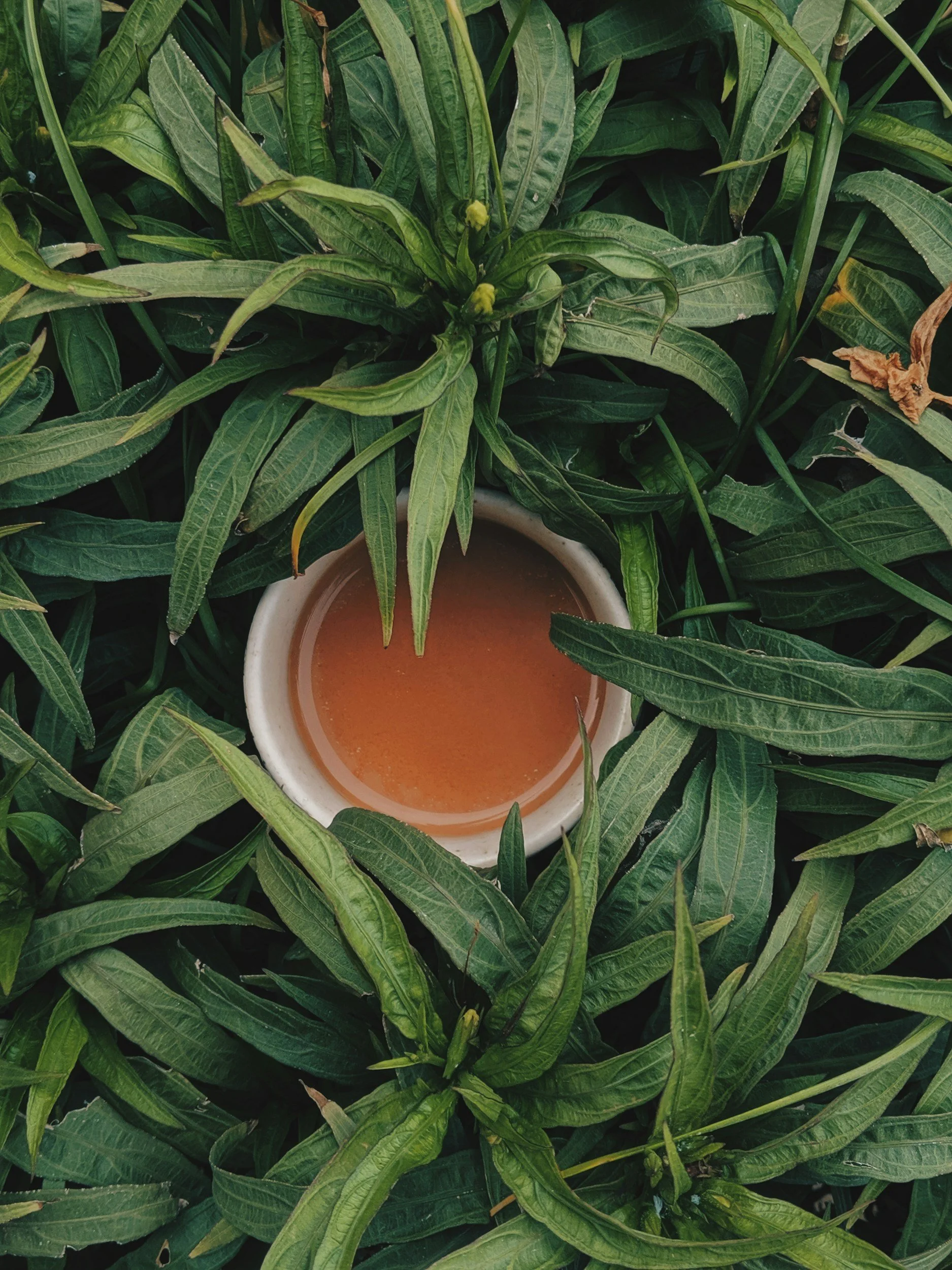
A Sample Sized History of Tea
A learner sees just how far we can trace the taste
Photo Credit : 五玄土 ORIENTO
A trip to ancient asia
The origins of tea can be traced back to China circa 2737 BC. The legend goes: Chinese Emperor Shen Nong was to be served boiled water from his servants, however, nearby Camellia leaves happened to fall in the beverage. Shen Nong, who was also a herbalist, found this concoction to be interesting, tried it, and was pleased by it. Experiencing a sensation in his body, the beverage of “Tchai”, “Cha”, and “Tay” (varying pronunciations found in ancient Chinese dialects) found it’s roots in health. Whether the tale is completely true or not, there is no denying that the establishment of tea was created quite early in our world: a traditional mixture made from nature’s offerings.
It was not until the Tang Dynasty though that tea became more of a staple in the nation’s culture. Lu Yu, a scholar in the eighth century wrote the Ch'a Ching, or Tea Classic: a book all about tea- from the drink’s origins, the process of creating tea, to its taste. For years onward and through many dynasties, the popularity and production of tea expanded both within and even outside of China, such as with Japan, India, and Persia. The silk road was a network of trade routes in Asia that contributed for the exchange of tea. The lucrative trade routes allowed for the practice of tea to expand across the continent. Each region had begun forming their own ways of integrating tea in their cultures, creating rituals for the beverage and growing a variety of leaves for different flavors and health benefits.
Photo Credit : Calum Lewis
The British Take Notice
In 1600, The East India company was established under Queen Elizabeth I of Britain. Britain, like many other territories in the Western world, found value in the spices, textiles and jewelry of other countries. Therefore, they too engaged in commerce in the West Indies. However, the company created a monopoly in various regions of Asia such as India, China, and part of the Southeast. They had a strong hold on the trade networks and became a corporatocracy as they blended business with political influence.
Tea was one of the valuables imported into Britain. The beverage’s popularity grew with the marriage of Charles II to Portuguese princess Catherine of Braganza as she fancied the drink. Tea began to become a staple in the aristocracy and, by consequence, the desire for tea importation grew. With this desire grew the exploitation of native labor workers, agreements, and local competitors. Such deceptive practices lead to the Opium Crisis in China when the East India company smuggled opium into the ports, weakening the nation’s strength by dismantling any resistance for the trade of tea. Although tea found it’s cultural roots and significance in Asia, the British colonized the beauty of the beverage for wealth and power over its innovators.
Photo Credit : Bradley Pritchard Jones
Tea travels to Africa
British colonization and imperialism was not limited to Asia, but impacted Africa as well. In the 19th century, tea was introduced to South Africa during the extensive British colonization period. Seeds of the Assam Tea were imported from Calcutta, India and grown in the region for supply growth, which benefited the British economy. Nevertheless, the drink found itself becoming significant in the cultures of various African countries. Just as countries in Asia formed tea ceremonies, West Africa (Gambia, Mauritania and Senegal) created the Attaya- a three part tea drinking where each tea has a distinct flavor and strength to symbolize different stages and aspects of life.
Attaya is not just the ceremony however, but the tea itself. Made from Chinese gunpowder green tea, mint, and sugar, the beverage is brewed in three stages in order to get the right tea for each round. Lewel is the first round, in which the tea is bitter to represent the beginning of life and the pains of growing up. Naarel is the second round, when the tea is sweet to represent mid-life, love and marriage. The third round, Nettel, is even sweeter but more mild as it represents the comfort of old age.
What is tea Now?
Tea is not “just” a drink- this was realized even in its early stages. Its reach is seen all around the globe- becoming a cultural symbol for many countries and ethnic groups. It is a tool for not just physical health, but mental, emotional and spiritual growth. Tea brings people together from all sorts of backgrounds. Tea can be sweet or bitter, hot or cold, bitter or sweet. Tea in itself is versatile and complex, just like it’s history- just like we are.
Diary of a New Learner:
Tea with bread and butter. That was a go-to meal for me as a child. Of course, I did not mix the two, but there was something comforting in the simplicity of these three things that had the ability to warm my belly, make my heart rest, and lighten my heavy limbs. The tea was never the same. Some days it was made from the leaves we grew in our yard, sometimes it can from a bag. Sometimes it was strong, sometimes it was mild. Flavors shifted, and so did its functions. If I needed to fall asleep or stay awake, heal from a sickness or just wanted something to drink, then tea was always there. I’m sure that no matter where I go, I’ll be able to find that comfort again. The comfort of a little girl in her pajamas, always chasing peace, yet only being able to taste small fractions of it. But that was always enough for her. That was always enough for us.


